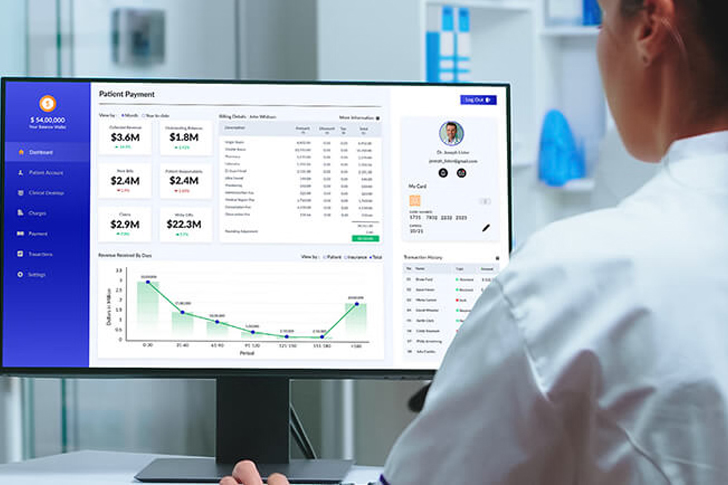2024 Comprehensive Guide to Medical Billing Software
This guide details selecting medical billing software and understanding cost strategies for 2024, helping practices enhance efficiency and maximize revenue.

Capabilities of Medical Billing Software
- Managing patient demographics and insurance information
- Automating claim submissions and tracking their status
- Handling claim denials and appeals
- Providing comprehensive financial reporting
Key Features to Consider in Medical Billing Software for 2024
- Streamlined Patient Intake and Management: Ensures accurate patient data collection, reduces errors, and supports electronic form filling and automated verifications.
- Efficient Claims Processing: Automates information entry, checks for errors in real time, and expedites the reimbursement process.
- Enhanced Financial Management: Integrates various financial transactions within one system, simplifying the revenue cycle management.
- Improved Patient Communication: Facilitates effective interaction with patients through better data sharing and enhanced service delivery.
- Robust Security and Compliance: Ensures data protection in accordance with HIPAA standards, safeguarding patient information.
- Increased Efficiency and Collaboration: Enhances the way medical offices collaborate by sharing crucial patient data securely and efficiently.
- Advanced Reporting and Business Intelligence: Provides vital insights into financial performance and operational metrics.
- Integration with Existing Systems: Simplifies workflows by integrating seamlessly with other healthcare software systems.
- Scalability and Flexibility: Adapts to growing practice needs without compromising performance.
- Mobile Accessibility and Remote Work Support: Offers solutions that allow staff to access and update financial information remotely, enhancing flexibility and productivity.
Cost of Medical Billing Software in 2024
The pricing of medical billing software varies based on deployment options:
- On-Premise Software: Initial costs can be as high as $8,100, with ongoing expenses for maintenance and updates.
- Cloud-Based Software: More affordable with monthly subscriptions ranging from $30 to $125, reducing upfront costs and ideal for small to medium-sized practices.
Choosing the Right Medical Billing Software
- Assess Specific Needs: Consider the size of your practice, specialty, and existing workflow.
- Budget Planning: Account for both upfront and ongoing costs.
- Feature Evaluation: Ensure the software supports all necessary functionalities.
- Scalability: Choose software that can grow with your practice.
Smart Purchasing Strategies
- Free Trials and Demos: Leverage trial periods to test software functionalities before committing.
- Price and Feature Comparison: Use online platforms to compare different medical billing software options.
- Read Reviews and Feedback: Learn from other users’ experiences to gauge software reliability and user satisfaction.
Top Medical Billing Software Providers and Their Pricing
Understanding the range of services and costs associated with top medical billing software providers can help you make an informed decision:
- Kareo: Known for user-friendly interfaces and robust EHR integration. Plans start at approximately $200 per month.
- Athena Health: Offers comprehensive services including claims management and patient engagement tools. Costs are comparable to Kareo.
- PrognoCIS: Offers full-suite services from practice management to EMR. Monthly fees start at around $250.
- MediSoft: Suitable for larger setups with costs starting at $1,300 for a single-user system.
This guide should serve as a resource for medical practices looking to invest in medical billing software, ensuring they choose a system that aligns with their operational needs and budget constraints.







Recent Comments